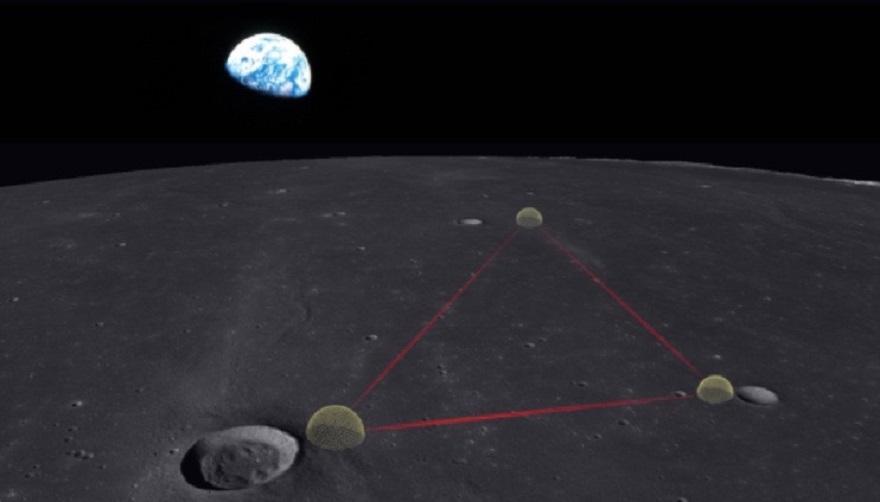In a new study, scientists have established how quiet the Moon can be in terms of gravitational waves. A new LGWA observatory should be placed on it to detect them. The observatory will be able to tell us about numerous amazing events in the depths of space.

Gravity Observatory on the Moon
Scientists are looking for new ways to explore the universe using gravitational waves. In a recently published article, Indian scientists from the International Center for Theoretical Science of the Tata Institute of Fundamental Research studied how suitable the Moon was for this purpose.
It is not the first time for astronomers to look for amazing places for their research. Traditional star science constantly suffers from the fact that the Earth’s atmosphere bends some waves and simply delays others. That’s why so many space telescopes have been launched into space. Scientists even want to build observatories on the far side of the moon, where neither the atmosphere nor the light pollution of cities will interfere with it.
Gravitational waves are another problem. The atmosphere does not detain them, but they are essentially fluctuations in space, so they must somehow be distinguished from everything that happens on Earth. And the main obstacles here are seismic processes that occur almost non-stop in the depths of our planet.
That is why scientists are interested in the possibility of sending gravitational wave detectors to the moon. We know that it is not completely dead from a geological point of view, but the seismic phenomena that occur on it are caused by solar activity and meteorite impacts, and in general it is much “quieter” than our planet.
How quiet is the Moon?
But are there really much fewer obstacles to detecting gravitational waves on our moon than on Earth? This is exactly what scientists have found out in a new study. Gravitational waves, like electromagnetic waves, have their own frequency. The lunar observatory will be able to observe them in the range from 1 MHz to 1 Hz.
According to scientists, it is at these frequencies that ground-based instruments still cannot hear gravitational waves properly. In addition, there are craters in the circumpolar regions of our moon, the bottom of which never reaches sunlight. Extreme cold reigns there and it is also very good for the gravitational wave detector.
What the new observatory will see
If the gravitational observatory on the Moon works together with radio and optical telescopes located there, it will provide scientists with opportunities that they will never have on Earth. First of all, this concerns exotic events related to white dwarfs: type Ia supernova outbreaks, tidal destruction of objects, and pair mergers.
The latter interest scientists especially greatly. When they occur far beyond the Galaxy, gravitational waves can still be heard from them. And they can help us clarify the meaning of the Hubble constant.
In addition, scientists want to learn more about intermediate-mass black holes. It is believed that they played a major role in the formation of their supermassive relatives in the early universe, but we still do not know anything about this process.
According to phys.org
Follow us on Twitter to get the most interesting space news in time
https://twitter.com/ust_magazine


